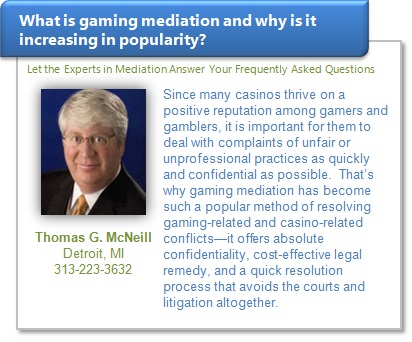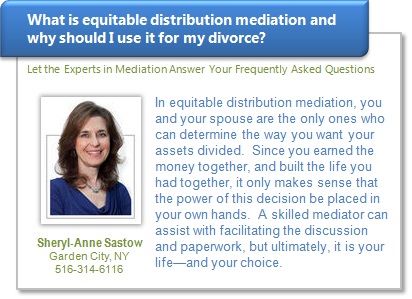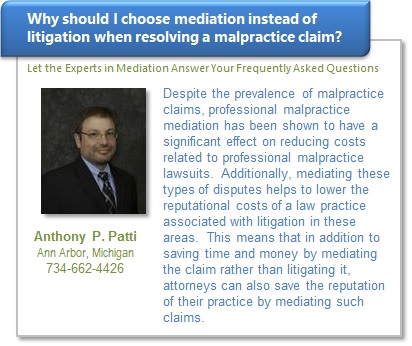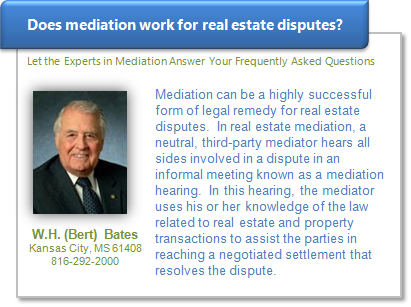 If you haven’t heard of Bitcoin, just wait—you will. Heralded as a new way of doing business, Bitcoin is an open-source, software-based online payment system that was introduced in 2009. When a payment is made in Bitcoin, that payment is recorded on a public ledger and is made without a central repository, making it a decentralized virtual currency. Bitcoins, the system’s form of digital currency, can be obtained in exchange for money, products and services. Users of the system can send and receive bitcoins electronically, creating a “crypto-currency” payment system.
If you haven’t heard of Bitcoin, just wait—you will. Heralded as a new way of doing business, Bitcoin is an open-source, software-based online payment system that was introduced in 2009. When a payment is made in Bitcoin, that payment is recorded on a public ledger and is made without a central repository, making it a decentralized virtual currency. Bitcoins, the system’s form of digital currency, can be obtained in exchange for money, products and services. Users of the system can send and receive bitcoins electronically, creating a “crypto-currency” payment system.
As can be expected, this idea of “crypto-currency” comes with its share of disputes. The incentive for many merchants to use this service is comparatively lower rates and fees associated with credit card processing. However, since there is no central authority or bank controlling the Bitcoin system, there are no consumer protections offered. It is possible for Bitcoins to be stolen and chargebacks are not possible, allowing an open door for many illegal activities. For example, in 2013, the FBI seized 144,000 Bitcoins worth US$28.5 million from the Silk Road online black market; this was only a small example of how the Bitcoin system can be used fraudulently.
Many experts in the Bitcoin phenomenon are suggesting that mediation clauses and the use of escrow accounts be standard practice for Bitcoin exchanges. Doing so is sound business practice for any individual or company who uses the Bitcoin exchange. Since Bitcoin transactions are irreversible, if a dispute arises, it is left up to the individual users to resolve the dispute; mediation, therefore, provides the perfect venue for this type of dispute resolution. Requiring a mediation or arbitration clause to be signed before any Bitcoin transaction occurs can help businesses or consumers using the Bitcoin network to mitigate any risk that is inherent in using the service.
Here’s an example of how such a clause can be written: “The parties agree that any disagreement or dispute relating to this agreement, or consequential upon its interpretation or application, will be subject to mediation. If no agreement is reached within 60 days of the appointment of the mediator, the dispute will be permanently decided by arbitration, to the exclusion of the courts, according to the laws of (….). The parties may at any time agree to extend such time limits before submitting the dispute to arbitration.”










